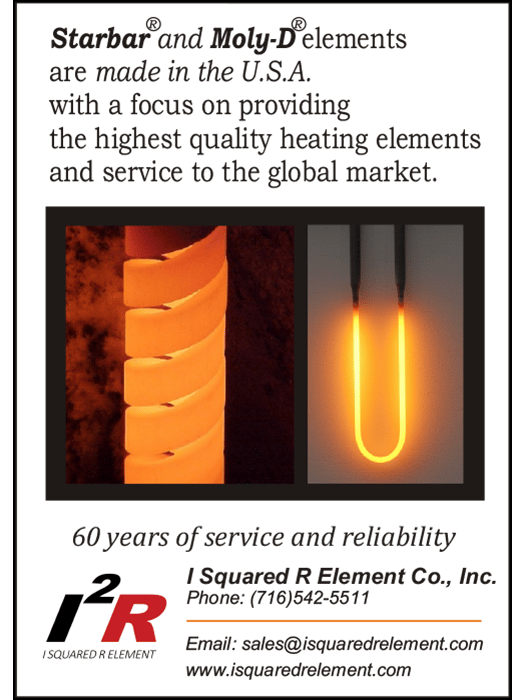business and market view
A regular column featuring excerpts from BCC Research reports on industry sectors involving the ceramic and glass industry.

Global abrasive market: Materials, products, and applications
By BCC Publishing Staff
The global market for abrasives was valued at $55.0 billion in 2022 and is expected to grow at a compound annual growth rate (CAGR) of 5.1% to reach $74.0 billion by 2028.
The abrasive industry consists of two segments (Table 1): companies and industries that manufacture or refine abrasive grains, and companies and industries that use these grains to manufacture products for grinding, cutting, or polishing. The users of abrasive grains far outnumber those that manufacture the grains.
Materials are classified for their abrasive nature on a relative scale that was initially developed by German mineralogist Friedrich Mohs in 1812. The Mohs Scale of Hardness has since been expanded to include both natural and synthetic materials (Table 2).
Many ceramic materials are used as abrasives. For example, conventional abrasives include fused alumina and silicon carbide, and these abrasives are among the most widely used and least expensive. Super abrasives, such as diamond or cubic boron nitride, can grind 100 times more parts than a conventional abrasive. However, they cost more than 50 times as much as their conventional abrasive counterparts.
The means by which abrasives are used in applications determines the nature of the abrasive tool. Broadly, the tools are classified as
- Loose abrasive grains: Used “as is” in powder or grain form. For surface cleaning, oil and rust removal, and macro cleaning.
- Bonded abrasives: Abrasive is firmly retained in a matrix called the “bond.” For macro and bulk-level material removal.
- Coated abrasives: Thin layer of abrasive grain is attached to a backing material, such as paper or cloth. For material removal and finishing.
- Nonwoven abrasives: Abrasive is embedded into a network of highly conformable fibers. For finer finishing and macro polishing.
- Polishing products: Slurries or pastes that are applied by buffing or polishing wheels. To develop gloss, reflection, aesthetics, or high-technology products with microscopic tolerance requirements or metallography.
Various factors must be considered when choosing an abrasive for a specific purpose. For example,
- Friability: Determines how fast the abrasive material disintegrates in operation, and as such informs when the material should be replaced.
- Hardness: Determines whether the abrasive will grind, cut, or polish the material.
- Shape: Determines the type of abrasive action. For example, angular abrasives are best for grinding and are used for stripping corrosion and rust. Meanwhile, round abrasives provide a peening effect and can remove mill scale or thin factory coatings.
- Size: Determines cleaning rate and surface finish. Coarser particles remove materials quickly but create a rougher surface. Finer particles remove materials slowly but create a more polished surface.
About the author
BCC Publishing Staff provides comprehensive analyses of global market sizing, forecasting, and industry intelligence, covering markets where advances in science and technology are improving the quality, standard, and sustainability of businesses, economies, and lives. Contact the staff at Helia.Jalili@bccresearch.com.
Resource
BCC Publishing Staff, “Global abrasive market: Materials, products, and applications,” BCC Research Report AVM033E, October 2023.
